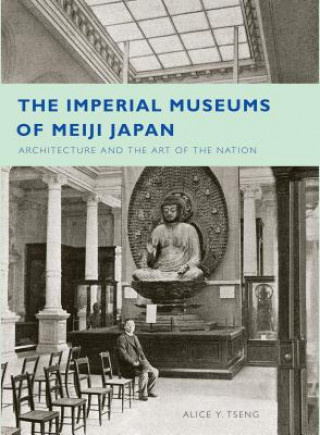
Kód: 04874732
Imperial Museums of Meiji Japan
Autor Alice Yu-Ting Tseng
It was not until Japan's opening to the West during the Meiji period (1868-1912) that terms for "art (bijutsu) and "art museum" (bijutsukan) were coined. "The Imperial Museums of Meiji Japan" documents Japan's unification of natio ... celý popis
- Jazyk:
 Angličtina
Angličtina - Vazba: Pevná
- Počet stran: 304
Nakladatelství: University of Washington Press, 2008
- Více informací o knize

1978 Kč

Skladem u dodavatele v malém množství
Odesíláme za 10-14 dnů
Potřebujete více kusů?Máte-li zájem o více kusů, prověřte, prosím, nejprve dostupnost titulu na naši zákaznické podpoře.
Přidat mezi přání
Mohlo by se vám také líbit
Dárkový poukaz: Radost zaručena
- Darujte poukaz v libovolné hodnotě a my se postaráme o zbytek.
- Poukaz se vztahuje na celou naši nabídku.
- Elektronický poukaz vytisknete z e-mailu a můžete ihned darovat.
- Platnost poukazu je 12 měsíců od data vystavení.
Více informací o knize Imperial Museums of Meiji Japan
Nákupem získáte 198 bodů
 Anotace knihy
Anotace knihy
It was not until Japan's opening to the West during the Meiji period (1868-1912) that terms for "art (bijutsu) and "art museum" (bijutsukan) were coined. "The Imperial Museums of Meiji Japan" documents Japan's unification of national art and cultural resources to forge a modern identity influenced by European museum and exhibition culture.Japan's Imperial Museums were conceived of as national self-representations, and their creation epitomized the Meiji bureaucracy's mission to engage in the international standards and practices of the late nineteenth century. The architecture of the museums, by incorporating Western design elements and construction methods, effectively safeguarded and set off the nation's unique art historical lineage. Western paradigms and expertise, coupled with Japanese resolve and ingenuity, steered the course of the museums' development. Expeditions by high-ranking Japanese officials to Europe and the United States to explore the burgeoning world of art preservation and exhibition, and throughout Japan to inventory important cultural treasures, led to the establishment of the Imperial Museums in the successive imperial cities of Nara, Kyoto, and Tokyo.Over the course of nearly four decades, the English architect Josiah Conder, known as "the father of modern Japanese architecture", and his student Katayama Tokuma, who became the preeminent state architect, designed four main museum buildings to house the national art collection. These buildings articulated the museums' unified mission to preserve and showcase a millennium-long chronology of Japanese art, while reinforcing the distinctive historical and cultural character of their respective cities. This book is the first English-language study of the art, history, and architecture of Japan's Imperial Museums, the predecessors of today's national museums in Tokyo, Kyoto, and Nara. "The Imperial Museums of Meiji Japan" examines the museums' formative period and highlights cross-cultural influences that enriched and complicated Japan's search for a modern yet historically grounded identity. Alice Y. Tseng is assistant professor of art history at Boston University.
 Parametry knihy
Parametry knihy
Zařazení knihy Knihy v angličtině The arts Art treatments & subjects Exhibition catalogues & specific collections
1978 Kč
- Plný název: Imperial Museums of Meiji Japan
- Podnázev: Architecture and the Art of the Nation
- Autor: Alice Yu-Ting Tseng
- Jazyk:
 Angličtina
Angličtina - Vazba: Pevná
- Počet stran: 304
- EAN: 9780295987774
- ISBN: 0295987774
- ID: 04874732
- Nakladatelství: University of Washington Press
- Hmotnost: 1110 g
- Rozměry: 191 × 265 × 22 mm
- Datum vydání: 30. October 2008
Oblíbené z jiného soudku
-
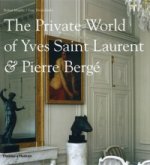
Private World of Yves Saint Laurent & Pierre Berge
1745 Kč -
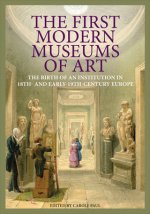
First Modern Museums of Art - The Birth of an Institution in 18th- and Early - 19th Century Europe
1404 Kč -

Chloe Sherman
961 Kč -
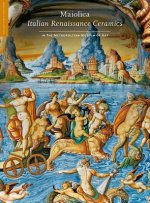
Maiolica
1551 Kč -

Plum Blossom and Green Willow
455 Kč -
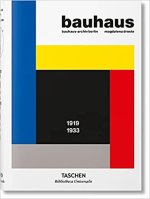
Bauhaus. Updated Edition 1919 - 1933
510 Kč -
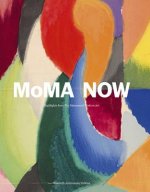
MoMA Now
1500 Kč -
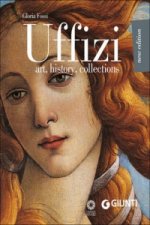
Uffizi:Art History Collections
562 Kč -
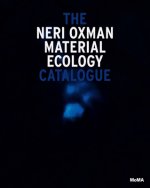
Neri Oxman: Mediated Matter
1211 Kč -
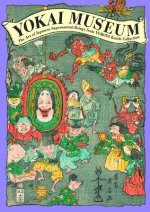
Yokai Museum
796 Kč -
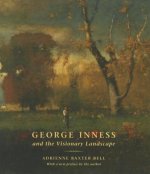
George Inness and the Visionary Landscape
831 Kč -
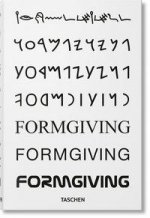
BIG. Formgiving. An Architectural Future History
988 Kč -

The Art of the Lord of the Rings by J.R.R. Tolkien
1064 Kč -
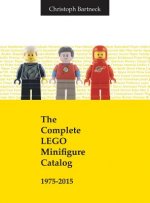
Complete Lego Minifigure Catalog 1975-2015
1952 Kč -
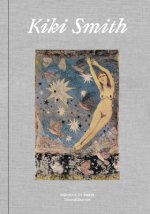
Kiki Smith
812 Kč -

MoMA Highlights
553 Kč -
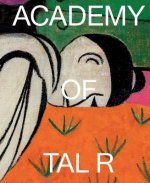
Academy
1183 Kč -
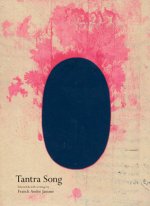
Tantra Song - Tantric Painting from Rajasthan
859 Kč -
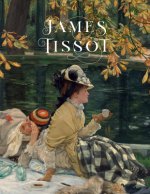
James Tissot
1478 Kč -
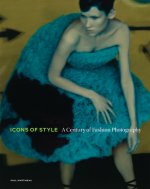
Icons of Style - A Century of Fashion Photography
1748 Kč -
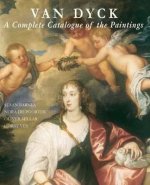
Van Dyck
4362 Kč -

Dürer für Berlin
1151 Kč -
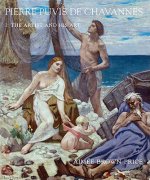
Pierre Puvis de Chavannes
7411 Kč -
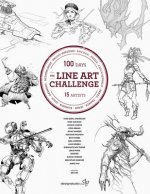
Line Art Challenge
600 Kč -
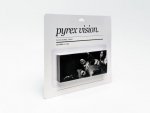
Team With No Sport
342 Kč -
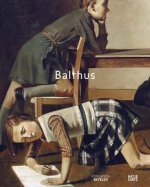
Balthus
1864 Kč -
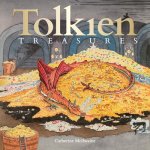
Tolkien: Treasures
366 Kč -

Francis Bacon
976 Kč -
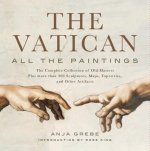
Vatican: All The Paintings
1553 Kč -

Cindy Sherman
1412 Kč -
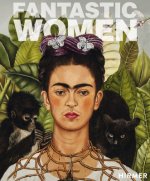
Fantastic Women
1592 Kč -

Keith Haring
538 Kč -
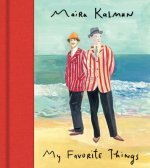
My Favorite Things
665 Kč -
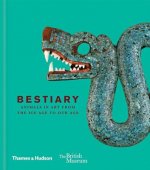
Bestiary
606 Kč -
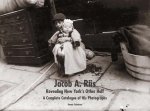
Jacob A. Riis: Revealing New York's Other Half
1331 Kč -
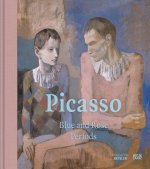
Early Picasso
2358 Kč -
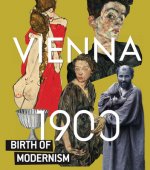
Vienna 1900. Birth of Modernism
1413 Kč -

Magdalena Abakanowicz
1053 Kč -
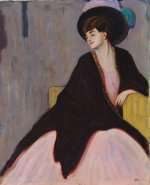
Making Modernism
751 Kč -
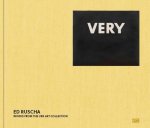
Ed Ruscha-VERY
1064 Kč -
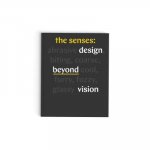
Senses
641 Kč -
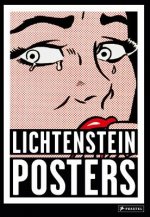
Lichtenstein Posters
490 Kč -
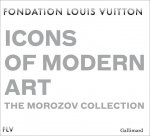
Icons of Modern Art
1341 Kč -
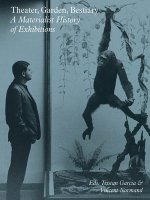
Theater, Garden, Bestiary - A Materialist History of Exhibitions
862 Kč -
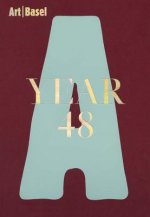
Art Basel Year 48
1718 Kč -
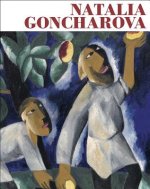
Natalia Goncharova
800 Kč -
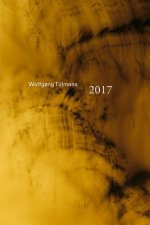
Wolfgang Tillmans
1140 Kč -
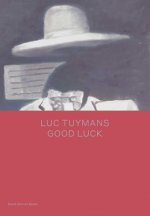
Luc Tuymans: Good Luck
1137 Kč -
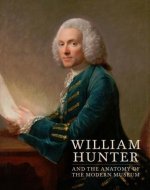
William Hunter and the Anatomy of the Modern Museum
1551 Kč
Osobní odběr Praha, Brno a 12903 dalších
Copyright ©2008-24 nejlevnejsi-knihy.cz Všechna práva vyhrazenaSoukromíCookies



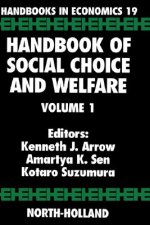
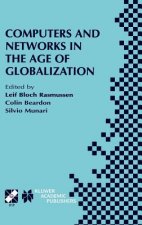

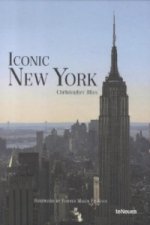
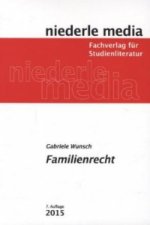
 Vrácení do měsíce
Vrácení do měsíce 571 999 099 (8-15.30h)
571 999 099 (8-15.30h)